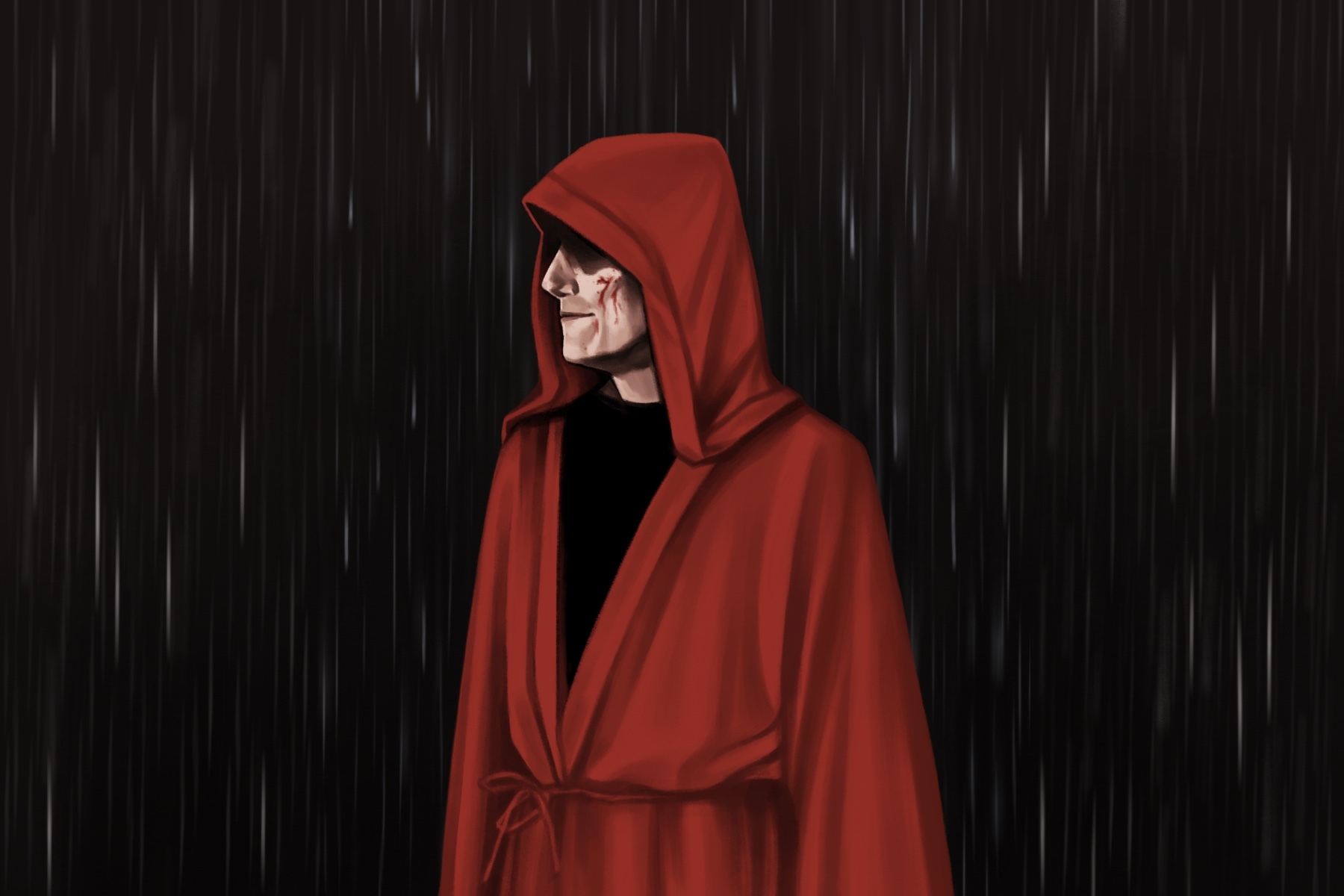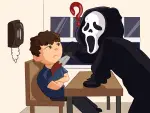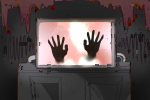As the annual Cannes Film Festival draws to a close, there is a buzz surrounding which films the jury will present the final awards and prizes to and which pictures have become the biggest flops of the cinematic year. However, any upcoming controversy pales in comparison to the uproar brought about during the previous Cannes Film Festival by Lars von Trier’s 2018 film, “The House That Jack Built.” The reaction was unparalleled: Over one hundred people walked out disgusted, thousands of comments flooded social media and von Trier’s reputation as a filmmaker came into question within the first hour of the film’s premiere.
Film critics and regular movie-goers alike have chimed in from around the world to the intense scrutiny of von Trier’s flick, marking it as one of the most controversial horror films ever released. However, the gruesome film still managed to obtain a 10-minute standing ovation following its culmination. So, the question remains as to whether “The House That Jack Built” is a disturbing masterpiece or, rather, a representation of von Trier’s mental instability.
“The House That Jack Built” eerily follows Jack, a brutal serial killer, as he navigates his murderous endeavors while coping with a serious case of obsessive-compulsive disorder. Jack, an aspiring architect, views his murders as an expression of his artistic impulses. While he feels no remorse for his actions and does not wish to be caught, it is evident that he yearns for recognition, which he eventually achieves through his final masterpiece — namely, “the house that Jack built.” This film is difficult to watch for even the most enthralled horror fans, as von Trier leaves little to the imagination for his viewers, oftentimes depicting the mutilation of women and children.
Though von Trier’s long career in the film industry has often evoked many questions, “The House That Jack Built” is seen as the final straw regarding his eccentricities. Along with the cinematic judgments, the director’s mental state was criticized. Von Trier admitted to struggling with addiction during the filming of the movie, a condition that assuredly impacted the gravity of the on-screen content. It has been recounted that von Trier was impaired at many points during the production process, sending him into fury and rages without provocation.
However, in an interview with IndieWire, Matt Dillon, the lead actor who plays Jack in the film, revealed an even more sinister background to von Trier’s intentions for the horror flick. According to Dillon, von Trier sought to create “Jack” as a means of creating a self-portrait in that “Jack is the one [character] closest to [himself].” Though von Trier has stated that he doesn’t kill anyone, this statement is alarming to any reader, as the nuances that lay under the surface of Jack’s character are far from desirable. Instances of sexual abuse and harassment have clouded von Trier’s reputation on set, allegations that bear a striking resemblance to Jack’s repeated mutilation of women and children in “The House That Jack Built.”
Furthermore, throughout the film, there are images of “horror throughout history,” as noted in an article on The Village Voice covering the 2018 Cannes Film Festival. Viewers are made increasingly uncomfortable by mentions of genocide, war, Hitler and more, accompanied by Jack’s narration of his own ideas “expressed rapid-fire in an increasingly desperate manner.” Dillon credits his inspiration for perfecting his role as Jack to the notorious history of serial murderer Ted Bundy, an all too real representation of the horrors that live among us.
While the disturbed nature of von Trier’s mind and creation is glaringly evident, there is also large support for the artistic processes that lay behind his creation. Later in his interview with IndieWire, Dillon asserted that von Trier is not “evil,” and that “The House That Jack Built” is a work of art worthy of praise. For Dillon, the distinction between fact and fiction is of utmost importance — in that while yes, he is an incredible actor capable of fictitiously portraying such a horrifying being, Dillon is an empathetic person in real life, a quality that Jack lacks that eventually leads to his downfall.
Dillon’s statement regarding his hesitation in accepting the role because of the character’s intended misogyny and domestic abuse, as well as von Trier’s subsequent admission of the struggles he faced in creating such scenes, only further proves that there is more to be taken away from this movie than what is seen on-screen. Such statements also lend a hand in rebuilding von Trier’s scarred reputation regarding his behavior toward women, even though any allegation of the sort is inexcusable. Past the blunt nature of Jack’s actions, the integration of symbolism and metaphors in the plot’s subtext is fully attributable to von Trier’s creativity and ingenuity.
Von Trier’s creation of hell and Jack’s journey through its nine realms in the final moments of the film lend credit to von Trier’s own recognition of the brutality and horrific nature of Jack’s actions. Even though he was praised throughout the film for his cunning and ability to escape punishment, in the end, von Trier finally holds his leading man accountable.
However, this culmination is two-fold, as the recognition that Jack sought from his “art” in killing was not necessarily intended to be positive. Before his descent into the realms of hell, he is sure to be caught by authorities, hiding in his freezer along with his many conquests. However, shortly before his descent, he creates his “house,” an actuality that he struggled with throughout the film. This final creation by Jack is seemingly representative of his “goodbye” to the life he once lived while still allowing him the final, shocking recognition he fervently sought. From this moment on, though he attempts to escape persecution, he has been satisfied by the hatred felt by those around him for his actions.
While those working closely with him have remarked on his lack of “evil” and the artistic meaning behind his work, von Trier has never explicitly stated any differences between Jack’s character and himself beyond that of actual murderous intentions. There is no mention of the self-hatred and lack of self-control seen in Jack. For observers, “The House That Jack Built” is von Trier’s final concession to his own self-loathing tendencies. For von Trier himself, he remarked that it will be his “swan song.”
Following the film’s release, von Trier has decided against the making of any further motion pictures. He recognizes that his own mental, physical and emotional issues would make it impossible for him to be a productive and beneficial member of larger cinematic circles. A career filled with controversy, von Trier’s legacy — whether it be held positively or negatively in the wake of “The House That Jack Built” — is not to be forgotten.

















